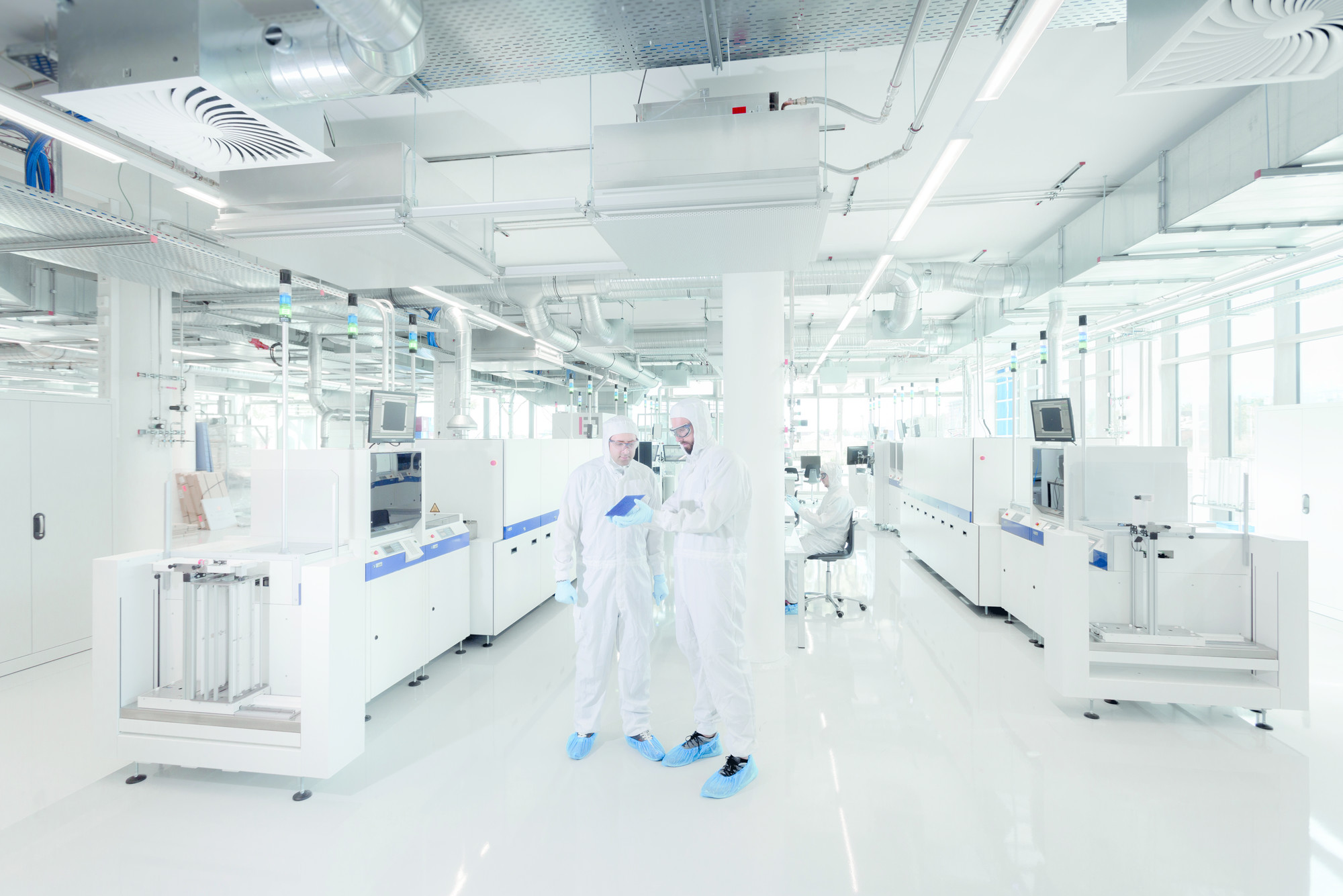Study: European Solar Industry Could Be Ready For a Comeback
Sufficient production capacity and a European supply chain would make vertically integrated photovoltaic production in Germany and the rest of Europe competitive. This was the conclusion of a study commissioned by the German Mechanical Engineering Industry Association (VDMA) and carried out by the Fraunhofer Institute for Solar Energy Systems ISE. Researchers compared the costs of producing the leading technology based on surface-passivated monocrystalline silicon solar cells in Germany/Europe with production in China.
Throughout much of the world, photovoltaics is the cheapest source of power, with generation costs sometimes dropping below two cents per kilowatt hour. This has experts anticipating rapid growth in the photovoltaics market, further bolstered by the need for additional capacity for generating clean energy as part of sector coupling (transportation, heating). Europe is the world’s second largest PV market after China and is expected to achieve an annual deployment of around 200 gigawatts by 2030. In light of this robust market growth, researchers at Fraunhofer ISE have concluded that rebuilding a competitive European and German solar industry is possible.
Their study, “Competitiveness of a European PV Manufacturing Chain,” included the following key points for ensuring that the production of PV modules in Europe is competitive:
- The costs of transporting finished modules or materials from China to Europe must be considered in the cost analysis. With module costs of around just 0.20 euros/watt peak (Wp), the expense of transporting modules from China to Europe represents nearly 10 percent of the overall cost.
- To capitalize on economies of scale in operation and procurement, European production facilities must be large enough to achieve an annual production capacity in the range of more than 5 gigawatt peak (GWp).
- When coupled with the establishment of production sites with capacities in the gigawatt range, the aforementioned high market potential should encourage the supply chain for the production of ingots, wafers, cells and modules to return to Europe, making it possible to source important materials locally and at competitive prices.
- CO2 and other harmful emissions must be minimized. Strict controls to this end are already in place in Europe. If circular economy, cradle-to-cradle and recycling strategies are also brought to bear, Europe is perfectly placed to bring real sustainability to the energy system and supply truly “green” energy.
“Europe should capitalize on this opportunity to supply a large portion of its domestic energy market with European products. This is not just a huge opportunity for Europe as a high-tech hub, it’s also a chance to ensure supply security by reducing dependence on imports in the energy generation sector,” explains Dr. Andreas Bett, Institute Director of Fraunhofer ISE.
Presentation at the EU PVSEC
Friday, September 13, 2019, 8.30 am–10.00 am as part of the “Manufacturing of Silicon Solar Cells” session
“The Vision of Large Scale PV Manufacturing in Europe: A Dream or Chance for Execution?” with P. Fath & W. Jooss (RCT Solutions), A.W. Bett, S. Nold & J. Rentsch (Fraunhofer ISE) and J. Trube (VDMA)
Further Information
- Study Abstract
- Additional Information on PV-Production in Europe:
Fraunhofer ISE-Study: »Sustainable PV Manufacturing in Europe - An Initiative for a 10GW GreenFab« - Article in Photovoltaics International Volume 43 Full text only available to subscribers

Last modified: